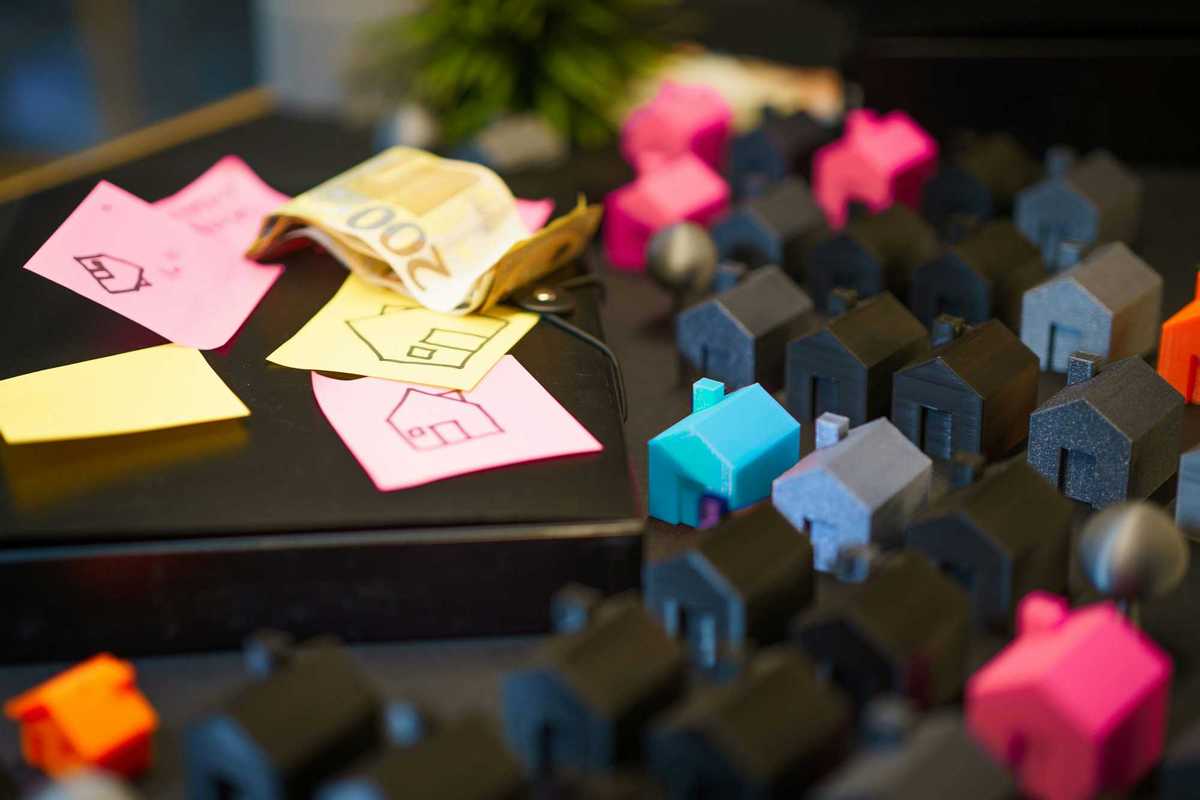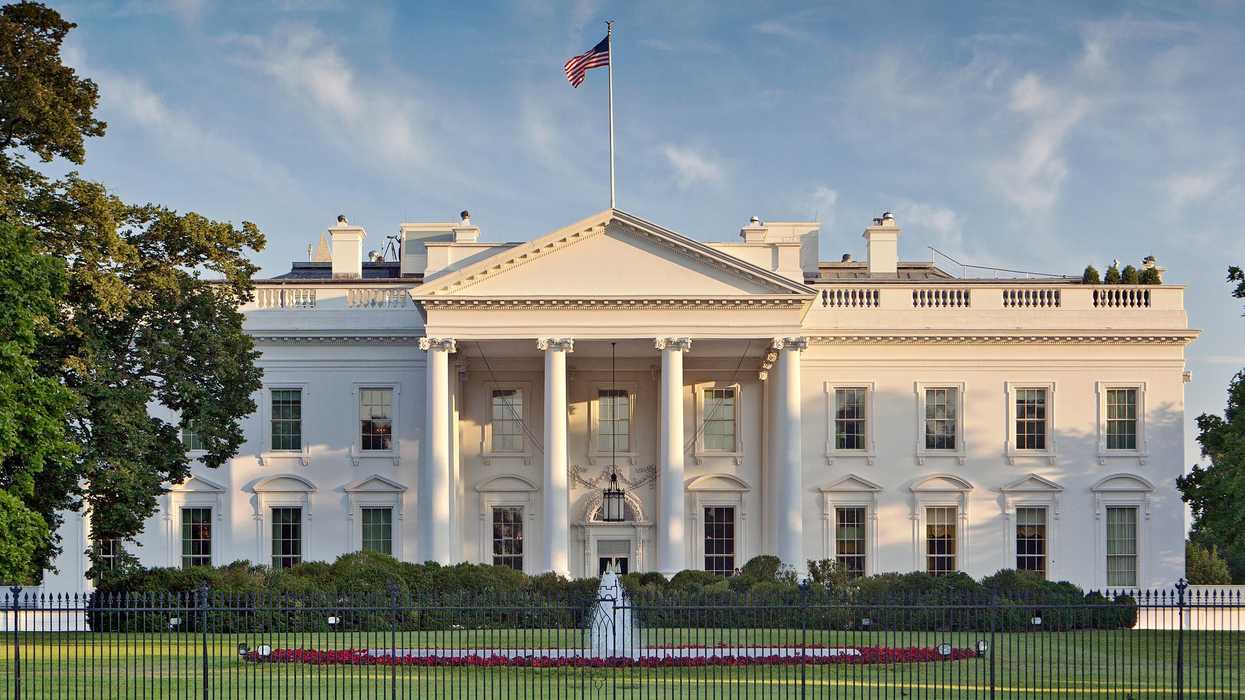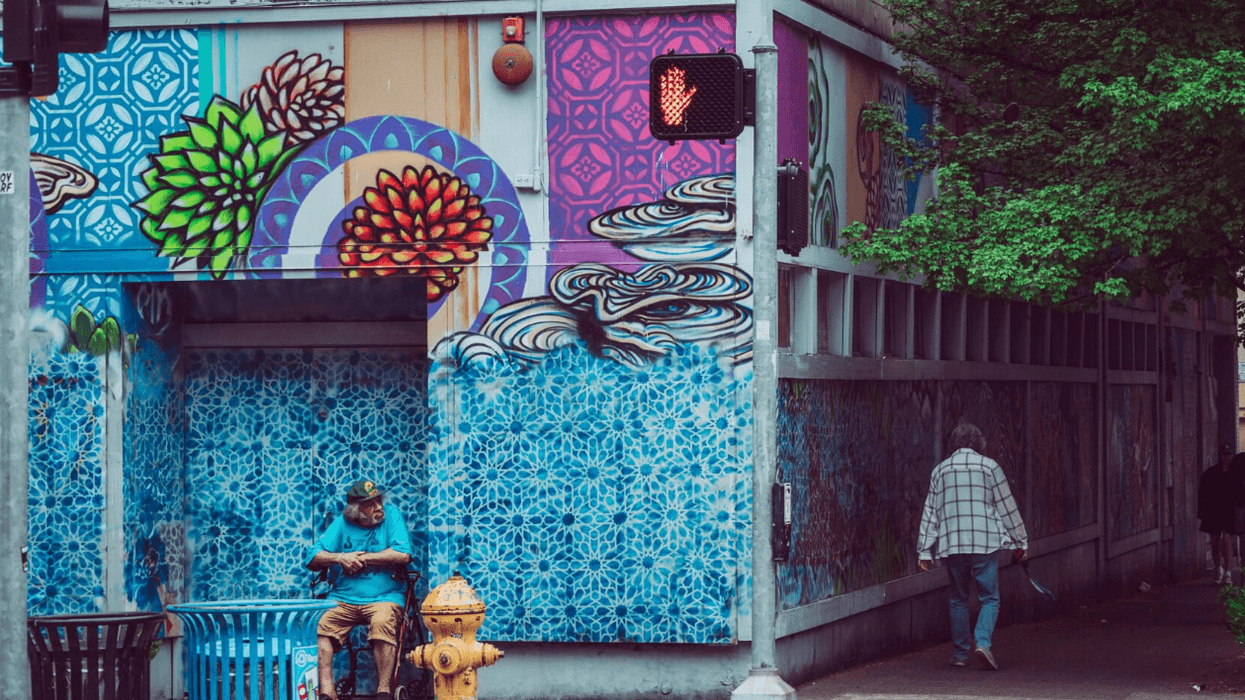Originally published by Divided We Fall.
By Jason Grumet, founder and president of the Bipartisan Policy Center, and Joshua Huder, a senior fellow at the Government Affairs Institute at Georgetown University.
Earmarks Help Nourish Legislative Bipartisanship
By Jason Grumet – Founder and President of the Bipartisan Policy Center
Congress recently lifted a ten-year-old ban on a controversial kind of spending known as “earmarks.” It pays for specific projects in a senator’s state or House member’s district like community centers, veterans’ health clinics, food banks, wildfire protection, and the like. Critics pan them as wasteful and, to be sure, lawmakers have abused the process in the past – such as with the infamous “bridge to nowhere” in Alaska that Congress funded in 2005 but the state later cancelled in the face of public derision.
With well-publicized examples of seemingly wasteful projects, Congress tied its own hands and eliminated the earmark process in 2011. In doing so, Congress unintentionally weakened its governing capacity without saving any money. Thankfully, with notable reforms to strengthen transparency and accountability, Congress restored this authority last year. Contrary to their reputation, earmarks overwhelmingly fund worthy projects and are an important part of the legislative process that nourishes engagement, collaboration, and the political courage required to make tough decisions.
The authority for lawmakers to earmark funds is baked deep into Article I of our Constitution, which gives Congress the power of the purse. Earmarks, which date back to the beginning of the Republic, are an appropriate way for Congress to wield a small sliver of its spending power. Despite widespread claims to the contrary, earmarks do not increase spending or deficits. Each year, the president and Congress provide a specified amount of funding for each federal agency and, within that amount, Congress uses earmarks to direct some funds to what it considers worthy local projects. Without earmarks, the money is still spent. The difference is that the spending decisions are made by staff at federal agencies as opposed to lawmakers who understand the unique needs of their communities and are accountable to the voters who live there. Moreover, earmarks do not represent much spending to begin with. Even at their peak, they comprised no more than 1% of domestic discretionary federal spending, or one-third of 1% of total federal spending when you include entitlements and defense. Those who describe earmarks as an important cause of fiscal profligacy should remember that since Congress banned the practice in 2011, the national debt has risen from $14 trillion to $30 trillion.
How Do Earmarks Strengthen Our Democracy?
Earmarks encourage bipartisan engagement on budget matters by giving more lawmakers a unique stake in the spending bills they enact each year. The federal government shut down (in whole or in part) three times during the decade-long earmark ban that began in 2011. In recent years, Congress has also found it increasingly difficult to gather the votes to increase the federal debt limit, more than once coming close to a first-ever federal default that could leave the economy and global markets reeling.
No member of Congress gets plaudits back home voting to fund federal agencies or raise the debt limit. Members of Congress of both parties are more inclined to spend time engaging in these essential obligations when those bills include local projects that lawmakers can showcase with their constituents.
We saw this dynamic play out in recent weeks as Congress passed the $1.5 trillion omnibus spending bill to fund the government for the rest of fiscal 2022. The House and Senate both passed the bill with bipartisan majorities and, while earmarks were surely not the driving factor in its passage, it is not pure happenstance that their return coincided with a more effective and collaborative process. The bill included nearly 5,000 earmarks, totaling just under $10 billion (or 0.6% of the bill). In essence, lawmakers directed a tiny slice of the bill’s funds to meet the needs of the states and districts they know best.
Why Should Members of Congress Use Earmarks?
Earmarks could prove important if policymakers are ever to address the problem of mounting deficits and debt, which will require some combination of tax increases and cuts in important and popular programs like Social Security and Medicare. The effort will require considerable “political courage,” which in simple terms means taking votes that are key to the national interest but likely to anger local constituents. After depriving themselves of a key tool to do something popular back home, we should not be surprised by members’ timidity over the last decade to make the hard calls required to run the country. This process of directing resources to address a specific problem should not be denigrated as “backroom deals,” “vote trading,” or “greasing wheels.” Earmarks give members the uncommon opportunity to demonstrate their priorities, connect with their voters, and eschew the “group think” that’s driven by party polarization. Having restored their ability to make their mark, there is reason to hope for at least a whiff of greater confidence when members are challenged to vote in the national interest.
Though mocked over the “bridge to nowhere” and other questionable expenditures, earmarks overwhelmingly fund worthy projects. If interested, you can look through all 5,000 from the 2022 omnibus bill here. Expect to find projects like helping to meet the growing water needs of North Carolina’s Yadkin County or bringing cutting-edge technology to the SSM Cardinal Glennon Children’s Hospital in St. Louis.
In resurrecting earmarks, Congress instituted most of the reforms that the Bipartisan Policy Center and other institutions had promoted to make the process more transparent and protect against potential abuse. These reforms include:
- To increase transparency, lawmakers must post their requests for earmarks on their official member websites and submit them well in advance of consideration by Congressional committees.
- To strengthen the vetting process, Congress directed the Government Accountability Office (GAO) to launch an audit process for earmarks after lawmakers allocate the funds for particular projects.
- To impose reasonable controls on earmarks, Congress prohibited earmarks for for-profit companies, set caps on total earmark funding each year, and (for House members) limited a member’s request for earmarks to 10 each year.
President Biden will soon submit his 2023 budget proposal to Congress. This year’s budget process represents the second opportunity to test and evaluate the reformed approach to earmarks. We fully expect members to engage with local leaders to identify critical community needs and proudly direct resources toward these priorities. We are equally confident that critics of this practice will scour the list of projects searching for questionable investments. This level of local engagement and scrutiny vastly exceeds the attention given to any other single percent of domestic spending. In this light, the earmark process is an exemplar of citizen and member engagement that strengthens our democracy. These days, Congress can use all the help it can get. The restoration of earmarks is a small but important step forward in governing a divided and polarized nation.
Earmarks Won’t Solve Partisanship or Fix Congress. We Need Them, Anyway
By Joshua Huder – Senior Fellow, Government Affairs Institute at Georgetown University
After a decade-long ban, earmarks returned to Congress in 2021. Once vilified as wasteful spending and a source of corruption, earmarks – or what the House calls “community project funding” and the Senate calls “congressionally directed spending” – returned in a more transparent form at the beginning of the 117th Congress. While earmarks earned a bad reputation from some notable abuses, they also helped grease the legislative wheels. The vast majority of earmarks funding state and local projects within members’ districts gave members a reason to vote for legislation when it reached the floor. At a time of high polarization and dysfunctional processes, Congress arguably needed every tool at its disposal to combat these trends.
However, there’s little to suggest earmarks can address either of these issues. Congress’s problems run deeper than a procedural tweak. Regardless, earmarks need to stay.
Earmarks Are a Procedure, Not a Panacea
Perhaps the greatest hope for earmarks rests in the belief they can usher in a new era of bipartisanship in Congress. In chambers now notorious for partisanship and polarization, earmarks offer members the opportunity to shape federal spending policy. Historically, this privilege had a lot of positive consequences. It doled out federal dollars to areas of need, strengthened members’ connections with their constituents, and enabled members to build personal political brands independent of their political affiliation. Constituents judged members based on their effectiveness at providing goods to their communities rather than merely the party label. Earmarks’ ability to strengthen members’ connection s with their constituencies was once considered a cornerstone of American democracy. While “delivering the pork” often carried negative connotations due to a few projects with bad publicity – like the “bridge to nowhere” mentioned above – historically, earmarks helped make elections more focused on individual members’ personal and professional capabilities and less about their partisan affiliations. By strengthening members’ relationships with their constituents, earmarks helped temper partisan voting.
Earmarks also had governing benefits. Members with “skin in the game” had more incentives to support bills sponsored by the other party. Giving votes to an infrastructure or appropriations bill was much more appetizing if it delivered needed funds to constituents. As a result, earmarks have long been used by committees and congressional leaders to grease the wheels. Adding an earmark was an easy way to entice reluctant representatives and senators to support important legislation. Some spending legislation was so chock-full of earmarks that it barely had any opposition on its way to becoming law.
As a result, the return of earmarks to Capitol Hill was hailed by observers. America’s democratic institutions need every tool available to break through the partisan impasses plaguing Congress. Therefore, the return of earmarks has unleashed the bipartisan cooperation America has been pleading for, right? Not exactly.
Reality Check
So far, earmarks have had little discernible effect on Congress’s productivity or bipartisanship. In 2021, the House passed the Surface Transportation Reauthorization Act, which included 400 Republican earmarks. It failed to garner a single GOP vote. A month later, the House and Senate passed President Biden’s bipartisan infrastructure bill. It received tepid bipartisan support, and House Republicans voting for the bill were flooded with menacing calls and threatened to be kicked out of the party by their colleagues. The $1.5 trillion government funding bill – which included nearly 5,000 earmarks – stalled for five months after the fiscal year deadline. This was one of the longest delays in government funding in history. If earmarks had a significant effect on congressional operation, it’s hard to discern how.
In reality, the earmark ban had little effect on congressional operations. The appropriations process unraveled long before earmarks were prohibited. Partisanship and voting polarization were on the rise decades before earmarks were even a political football. And despite laments of congressional dysfunction, lawmaking was just as bipartisan after the earmark ban than before. And despite popular media takes, Congress has not been unproductive. In the last four congresses, they passed new trade promotion authority, saved billions of dollars fixing the “doc-fix,” rolled back NSA telephone surveillance, increased the legal age to consume tobacco, reformed the Department of Veterans Affairs, passed multiple policies to address the opioid crisis, authorized billions to promote cancer research, made historic investments in climate change, and passed multiple laws to address the COVID-19 pandemic. Congressional politics without earmarks were not all that different from congressional politics with them.
Earmarks are a process, not a panacea. More specifically, it is an amending process that marginally increases members’ voices in the policymaking process. We should not expect this tweak to cure all of America’s political maladies. Securing a bridge’s repair will not significantly reverse the increase in constituents’ partisan voting. Delivering funds for a new community center will not reduce the growing ideological divide between the Democratic and Republican parties. Requesting funds for a district will not reverse congressional leaders’ increasingly centralized decision-making. There is only so much congressional procedure can do in the face of these long-term political trends. Put simply, there is more that ails Congress than just an amendment process.
So Why Keep Earmarks?
First, the new process is far more transparent than the amending processes during the earmark ban. Today, constituents can look up exactly what lawmakers request and for which projects. The transparency benefits alone are worth their reincorporation.
Second, regardless of whether earmarks can temper partisan voting or polarization, strengthening the representative relationship between members and their constituencies is a good idea. Federal spending may not be as bureaucratically efficient with earmarks, but they offer the opportunity for Congress to directly respond to local and state needs. At a time when all branches of government are experiencing a decline in public trust, earmarks can play a part in restoring the representative connection between constituents and their government.
Earmarks are not perfect but neither is democracy. Increasing representatives’ and senators’ voices in the federal budget process ensure that national spending decisions remain in the hands of the people’s branch. Congress is a complex institution, representing diverse constituencies, geography, and political realities. Earmarks can help ensure federal spending decisions better reflect those complexities. Just don’t expect it to solve partisanship.



















